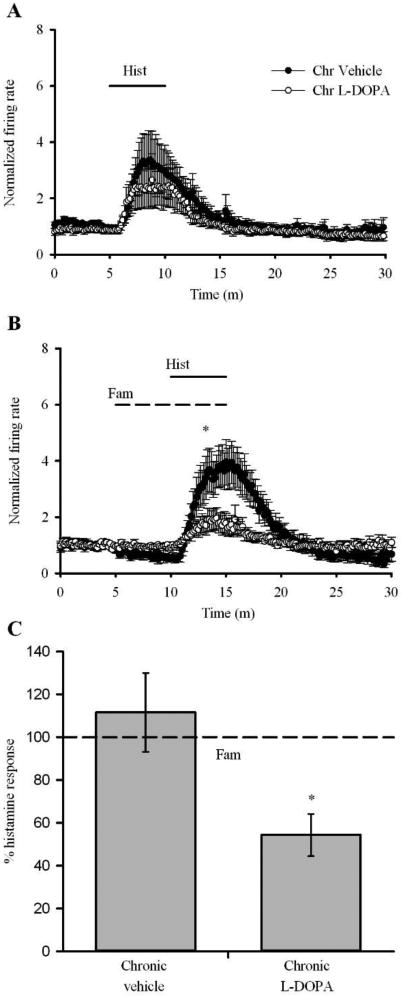Figure 4. H2 antagonism is more effective at blocking the histamine induced increase in ChI firing in dyskinetic Pitx3ak/ak mice.

(A) 1 μM histamine increases action potential firing rate among ChIs located in both hemispheres of Pitx3ak/ak mice, both chronically treated with vehicle and with L-DOPA. (Vehicle: n = 8; L-DOPA: n = 9). (B) In nondyskinetic, chronic vehicle-treated animals, pre-application of 1μM famotidine had no effect on the histamine induced increase in firing rate. In dyskinetic L-DOPA treated animals however, 1μM famotidine inhibited the histamine induced increase in ChI firing. (Vehicle: n = 10; L-DOPA: n = 8. Data were analyzed using a two-tailed Student's t-test. * p < 0.05). (C) Summary data illustrating that pre-application of 1 μM famotidine inhibits the histamine induced increase in action potential firing in chronic L-DOPA treated dyskinetic animals but not vehicle-treated animals. Dotted line indicates peak histamine induced increase in firing rate, normalized for each treatment group. Bars represent percent change of the histamine response while in the presence of famotidine. (* p < 0.05 between two treatment groups. Error bars represent ± SEM).
